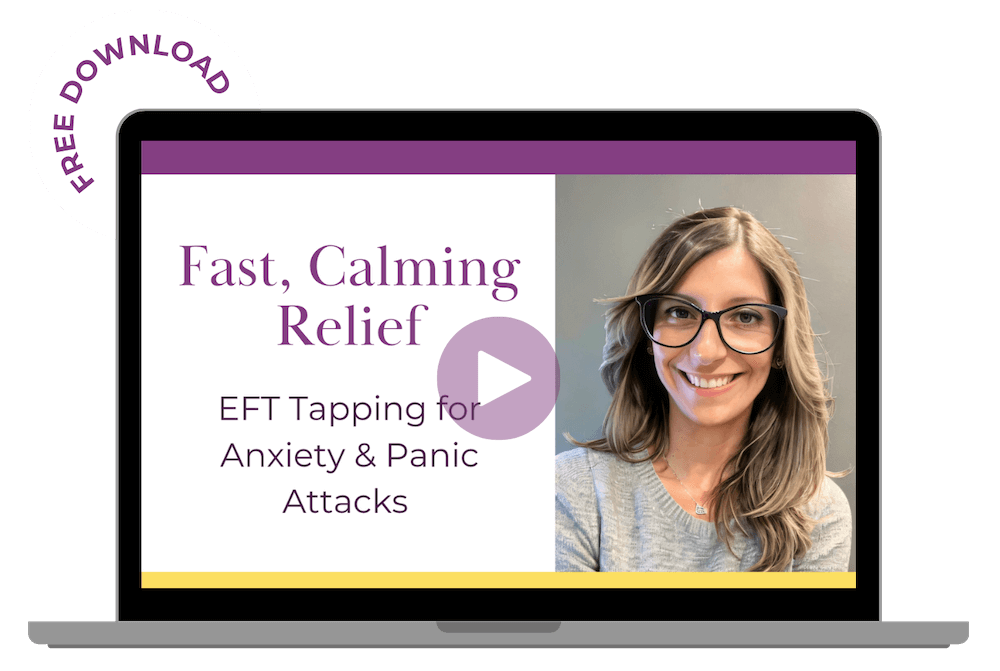It’s like an unwelcome guest at a party—a phantom limb that still aches, a shiver down your spine for no apparent reason, a voice in your head whispering fears you thought were conquered. Trauma doesn’t confine itself to the tales of yesteryear; its presence lingers in the body, weaving its narrative into the very fibers of our being. While it’s often acknowledged for its mental toll, its stealthy manifestations in physical symptoms can go unnoticed, yet their persistence is a resolute echo of past distress.
In this empowering listicle, we explore the silent whispers of the body, sharing 5 physical symptoms of trauma that might be slipping under your radar. Delving into each symptom with the depth it deserves, I’ll provide insights on recognizing these signals, coping strategies to reclaim your comfort, and a lifeline of resources to guide you through the healing voyage. For those navigating the rough seas of trauma, it’s not just about coping, it’s about gaining command of the helm. Here’s your toolkit for steering through the storm.
1. Chronic Pain
When Past Hurts Speak Through the Body
The memories of trauma are etched into our nerves, often manifesting as chronic pain—a constant companion from incidents we can’t seem to shake off. This physical amalgamation of past fears can feel all-consuming, affecting daily functions and marring the joy of everyday life.
Coping Strategy
It’s time to redefine pain management. Engage in a regular physical activity routine—no, not just for the body, but as a soothing salve for the mind. Consider low-impact exercises, yoga, or tai chi to break the grip of agony. Mind-body therapies such as emotional freedom techniques (EFT) and guided imagery can work wonders, unburdening the mind and body from the pain’s relentless siege.
Resources
To guide you through the soothing notes of mind-body symphonies, I recommend sinking into the online plethora of guided meditation and exercise platforms. These online sanctuaries can help carve out moments of respite amidst the storm.
2. Insomnia and Sleep Disturbances
Shattered Nights, Fragmented Survivor
Sleep should be the body’s sanctuary—a space for dreams, repairs, and the gentle hum of restorative silence. For the trauma survivor, though, it can become a battleground, the night awash with memories and startle-triggered awakenings.
Coping Strategy
Establishing a calm bedtime ritual—light some lavender-scented candles, brew a decaffeinated tea, or indulge in a page-turner that lulls rather than invigorates. Cognitive-behavioral therapy for insomnia (CBT-I) offers a structured approach that can gently nudge the body back into its natural rhythm.
Resources
In the vein of structured support, possessing knowledge of sleep hygiene and locations offering CBT-I could prove pivotal. Suggesting resources like books, apps, and online programs tailored to quiet the mind and grant the gift of sleep can serve as your beacon through the night.
3. Digestive Issues
When the Gut Speaks the Unspoken
Trauma finds a voice in the gut, often through symptoms like irritable bowel syndrome (IBS) and indigestion. Digestive distress is the silent script of anxiety and distress the past has etched in the present.
Coping Strategy
Tending to holistic well-being, through nutrition for gut health, a balanced diet can unravel the knot in your stomach. Practice mindful eating—one bite awareness can usher in a seismic shift in digestion. Engage in stress reduction techniques like deep breathing, allowing the body to process not just nutrients but release the tension that constricts daily life.
Resources
The next step in your digestive restoration is the consumption of knowledge. You need the right kind of resources at your fingertips—from nutrition for gut health to meditation apps offering daily doses of peace—to pave the way for ease from within.
4. Hypervigilance and Startle Responses
A Body on Alert, A Survivor’s Daily Battle
Every whisper is a shout, and every creaking floorboard strikes a panic. These are the hallmarks of hypervigilance and startle responses, the body’s transformation into a live wire, always ready for the next jolt.
Coping Strategy
Mindfulness and relaxation techniques are your steadfast soldiers in this battle. Guided meditation, progressive muscle relaxation, or simply deep, unmarred breaths can act as the balm to overstimulated senses. For a more concerted front, consider gradual desensitization through exposure therapy under professional guidance.
Resources
It’s the aura of calmness exuded by mindfulness apps, articles on coping with hyperarousal, and the shared wisdom of online communities that can offer you a hand to securely step back from the edge and breathe.
5. Headaches and Migraines
Trauma’s Mark on the Mind, Ache in the Cranium
Headaches and migraines—silent messengers of a body that’s still processing trauma. They strike, a jarring punctuation marking the uncertainties and anxieties still lurking in our stories.
Coping Strategy
It’s the maintenance of a sleep schedule as sacred as your grandmother’s best china. Managing stress, whether through journaling or a soothing conversation, can unclog the headspace clutter. Engage in activities that quiet the mind, bringing the threshold of headaches further from the turmoil within.
Resources
In the file drawers of technology lie headache tracking apps and the unlimited space of online support groups for chronic pain. They serve as the memory of relief, conveniently delivered in the palm of your hand.
Conclusion
In concluding our exploration, may I stress the importance of seeking professional help to address physical symptoms of trauma? It’s about honoring the past and reclaiming the future, about unearthing the joy that trauma attempted to bury under layers of pain. Remember, healing is not a solitary sojourn; it’s a collective voyage we undertake, each step bolstered by the community we create.
Engage with the resources, absorb the strategies, and most importantly, approach your trauma with the nurturing care it deserves. It’s a path filled with challenges, but navigating them is the mark of a soul on the mend. In these strategies, I hope you find not just comfort, but companionship—the #metoo of trauma’s physical expression, a collective anthem of healing. Your body remembers, but it can also learn to forget—that’s the gift of the body, the gift of resilience, and the gift of hope.







